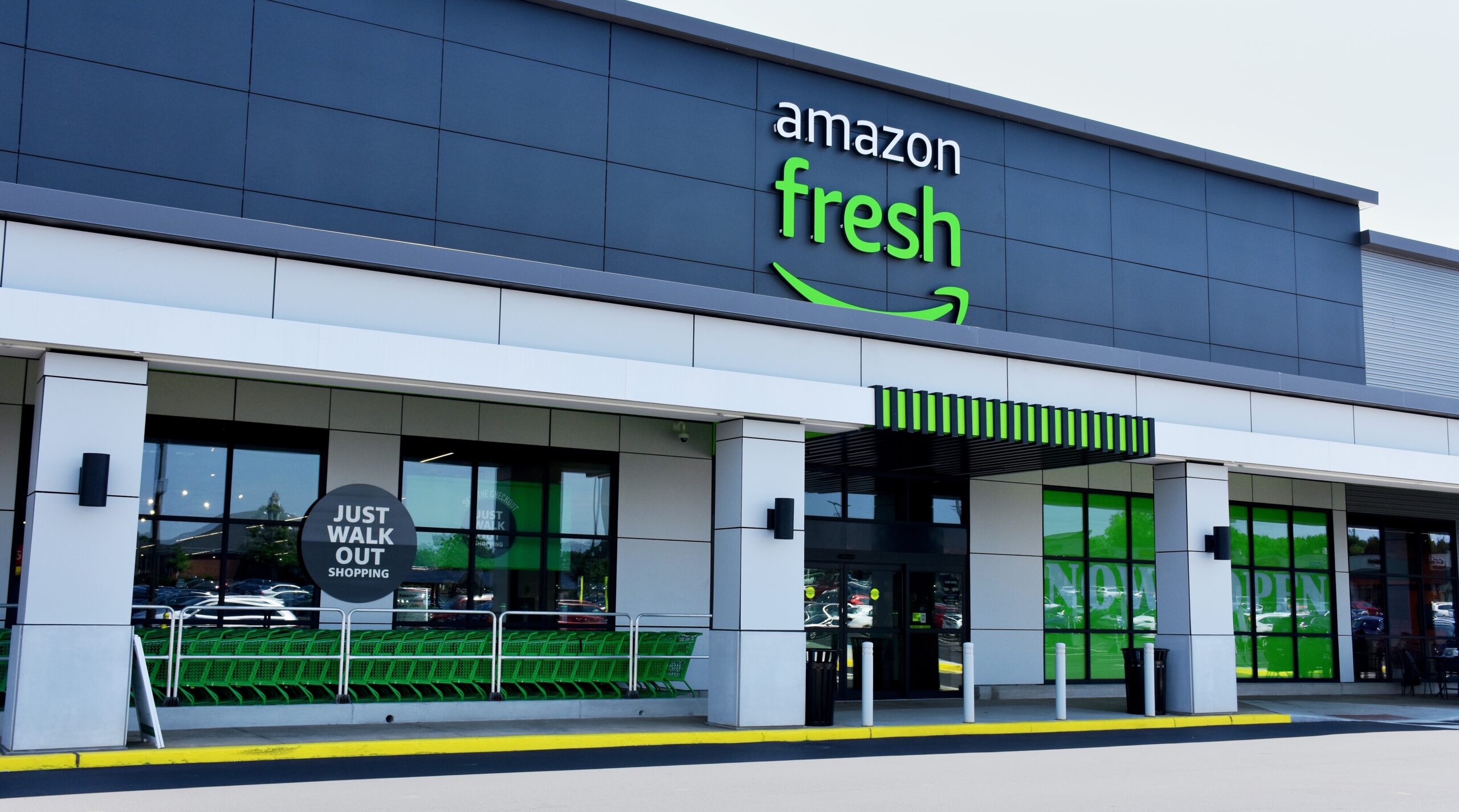Internet Trends 2017: Brick-and-mortar isn’t dead, it just got cooler
This is part of a series focusing on data from Mary Meeker’s 2017 Internet Trends report.
Meeker’s Internet Trends 2017 report predicted retail closings may break a 20-year record with almost 6,000 unit closings predicted in 2017. In 2016 the number of units closed was just over 5,000. The culprit? Many point to e-Commerce, which made almost $400 billion in sales in 2016 – marking +15% Y/Y growth.
With e-Commerce surging, and retail stores closing at an anticipated record-breaking rate, you may think physical retail stores could soon be a thing of the past. But, many leaders in the e-Commerce space beg to differ.
“I don’t think retail is dead,” says Neil Blumenthal, Co-CEO at Warby Parker, “Mediocre retail experiences are dead.” And, by mediocre, it’s safe to assume Blumenthal means sans technological integration.
This has certainly not been true for Warby Parker, which has been disrupting the $140 billion eyewear industry since it entered the scene in 2010 and began enabling consumers to purchase glasses online. To make online eyewear purchase feasible, Warby Parker relies on technology, namely: an easy to navigate interface; fast and reliable customer service; and quickly shipping frames to consumers to try on at home, then return, free of charge.
Yet, despite its online success, Warby Parker continues opening brick-and-mortar stores throughout the U.S. It opened its first store in 2013 and plans to open at least 25 outlets this year, bringing the total number of storefronts to 70.
Expanding traditional stores seems counterintuitive to Meeker’s dismal retail closure statistics, but Blumenthal asserts there is a good reason: “We know more about our customers,” he says, and because of this can “tailor the experience much better than a traditional retailer which doesn’t know as much about its customers and might be selling another brand’s products.” Warby Parker, for example, applies data collected from online consumer interactions and leverages it to “determine store locations and customize the in-store experience.”
Amazon, too, has followed a similar path from e-Commerce to brick-and-mortar bookstores, which are currently operational in San Diego, Chicago, New York, outside of Boston, Portland, and Seattle, with more stores expected to open in California, New York, New Jersey, and Washington.
As DisCo previously reported, one reason for this move is due to the importance of the “last 30 yards” to the supply chain — for which Amazon relies on UPS. Establishing physical stores — and putting in lockers that allow consumers to pick up and drop-off items outside of their homes — could thus lessen reliance on mail services and provide consumers with greater flexibility.
Amazon’s Chief Financial Officer, Brian T. Olsavsky, in April also told investors that these stores are “another way to reach the customer and test what resonates with them.” Robert Hetu, a retail analyst at Gartner, agrees. Hetu believes these stores could provide Amazon with a better understanding of consumers’ buying process – especially their impulse purchases which, he contends, are made less often online since customers often visit websites with something specific in mind.
And, although Amazon and Warby Parker transitioned from online to offline, some traditional stores are trying the reverse. Walmart, the world’s largest traditional retailer, is aggressively entering online retail through the acquisitions of Modcloth and other online-centric retail companies. Lowe’s is also attempting to expand its online presence. Through its partnership with Google, Lowe’s new Vision app is helping consumers find products in-store via augmented reality.
While Meeker forecasts recording-breaking retail closures, Amazon and Warby Parker’s interest in brick-and-mortar stores, along with other traditional stores attempt to integrate new and immersive technological features, may simply reflect a transition to a “mixed-mode business model” that integrates the in-store retail experience with the efficiency and adaptability technology offers.
Isabelle Styslinger is a Research Analyst at CCIA. Follow @i_styslinger







